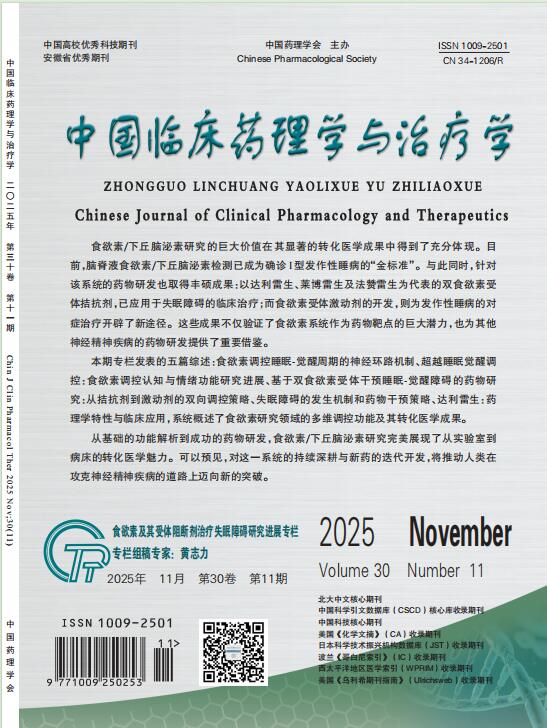N-acetylcysteine combined with pulmonary surfactant alleviates neonatal severe fetus seizure syndrome through regulating fetal inflammatory factors and oxygenation
JIANG Li, LI Yuning, PANG Lihong, ZHANG Xingdao, WANG Fang
2020, 25(1):
81-86.
doi:10.12092/j.issn.1009-2501.2020.01.012
 Asbtract
(
419 )
Asbtract
(
419 )
 PDF (2533KB)
(
232
)
References |
Related Articles |
Metrics
PDF (2533KB)
(
232
)
References |
Related Articles |
Metrics
AIM: To analyze the effects of N-acetylcysteine (NAC) combined with alveolar surfactant (PS) on the efficacy and serum inflammatory factors and oxygenation in children with meconium aspiration syndrome (MAS). METHODS: Sixty-eight children with severe MAS who were treated in our hospital from March 2017 to March 2019 were enrolled. The patients were randomly divided into the control group (34 cases) for anti-infection and ventilator-assisted treatment. PS treatment was used on the basis of the control group and the NAC nebulizing solution was inhaled. The mean airway pressure (MAP), resistance (Raw), compliance (Cydn), lung function index, serum interleukin-8 (IL-8), IL-10, and platelet-derived growth factor (PDGF) were observed. Vascular endothelial growth factor (VEGF) levels were recorded, and the hospital stay, oxygen exposure time, upper ventilator time, and complications were recorded. RESULTS:During the 24 h observation group, Raw and MAP were lower than 0 h, the control group was lower, Cydn was higher than 0 h, and the control group was increased. In 72 h, the Raw and MAP of the observation group were lower than that of the control group, the Cydn was lower than that of the control group, and the Cydn was higher than the control group. The difference was statistically significant (P<0.05). PaCO2, PaO2, a/APO2 in the observation group were higher than those in the control group at 1 h, 12 h and 24 h after treatment. The OI was lower than the control group, the difference was statistically significant (P<0.05). The serum IL-10 level in the observation group was higher than that in the control group at 24 hours after treatment, and the serum IL-8 level was lower than that in the control group (P<0.05). The serum of the observation group was observed at 24 h and 72 h after treatment. The levels of PDGF and VEGF were lower than those of the control group, and the difference was statistically significant (P<0.05).CONCLUSION:Acetylcysteine combined with pulmonary surfactant can significantly improve the clinical efficacy of children with meconium aspiration syndrome. It may inhibit lung inflammation by regulating the expression of VEGF and PDGF, thus improving lung function in children.


